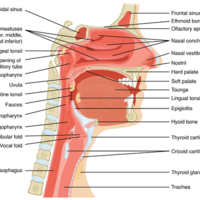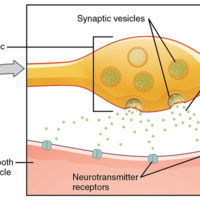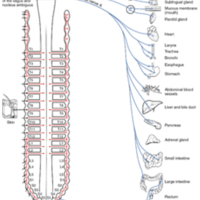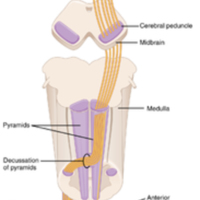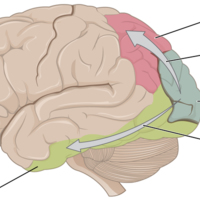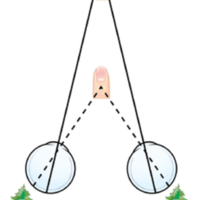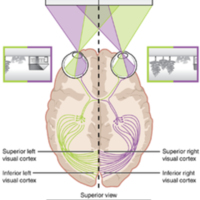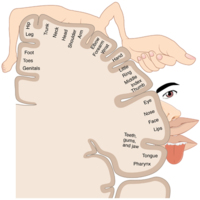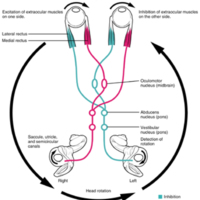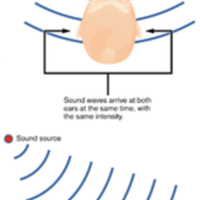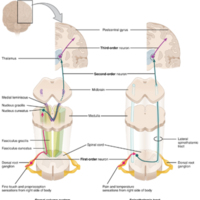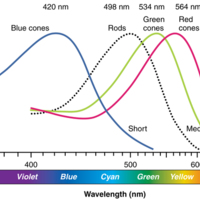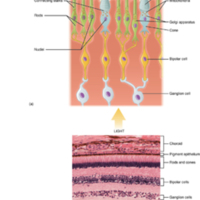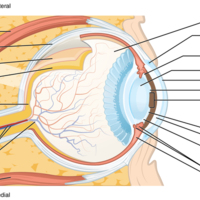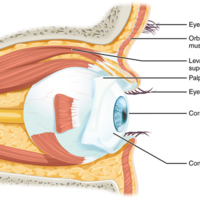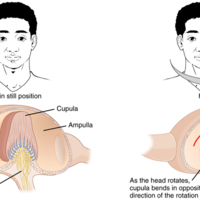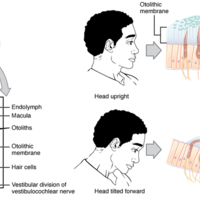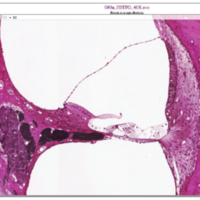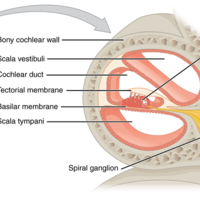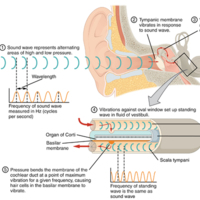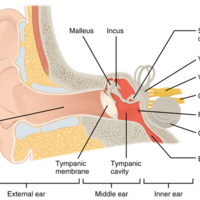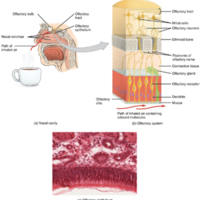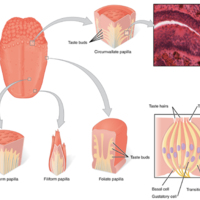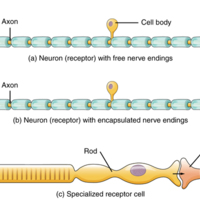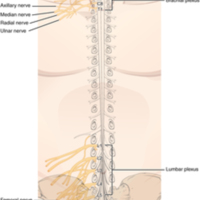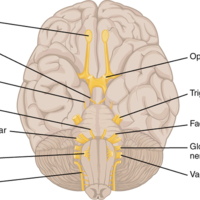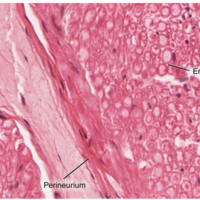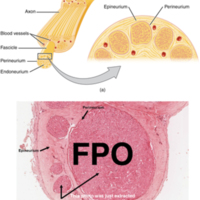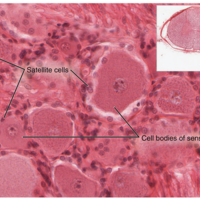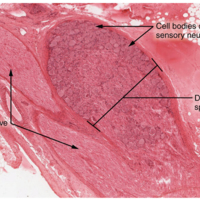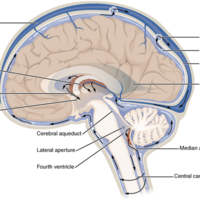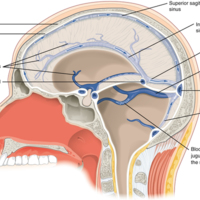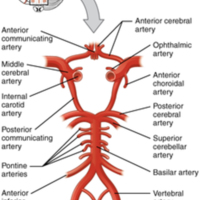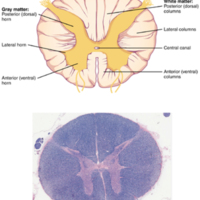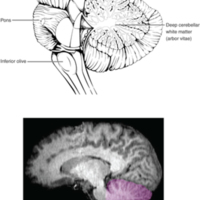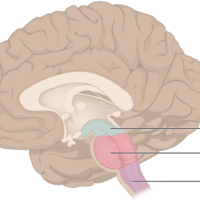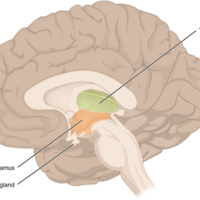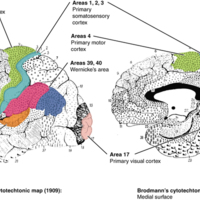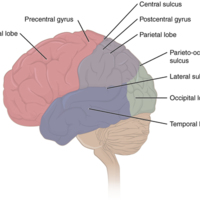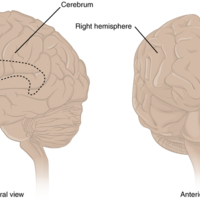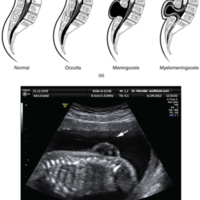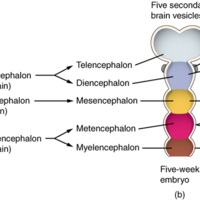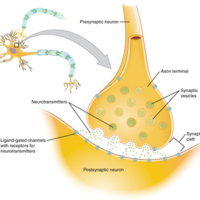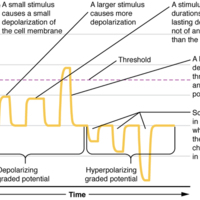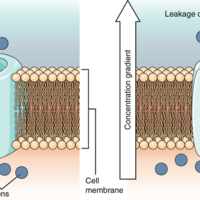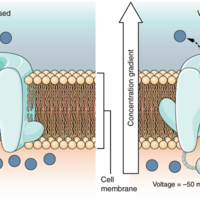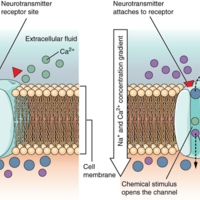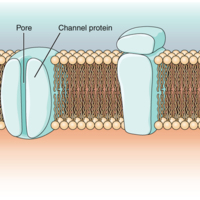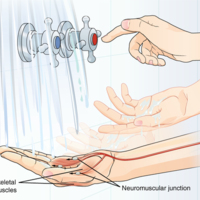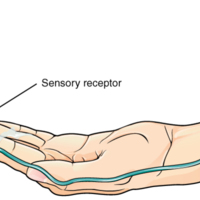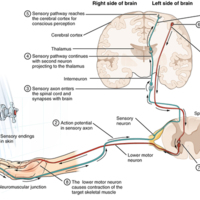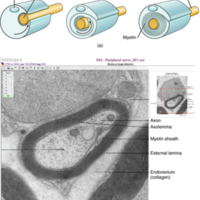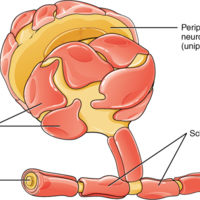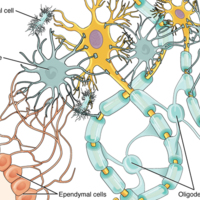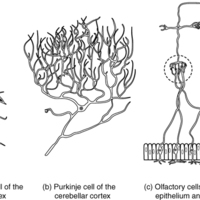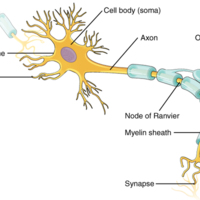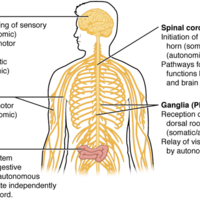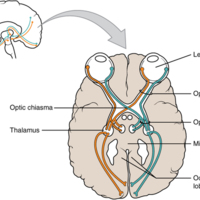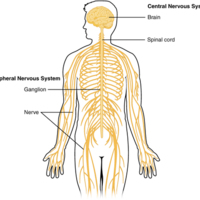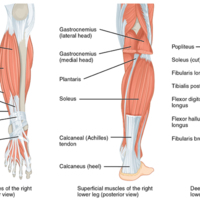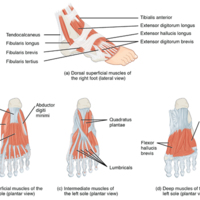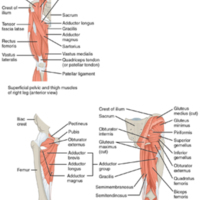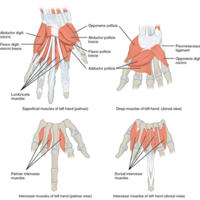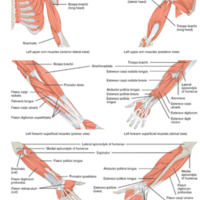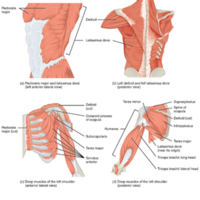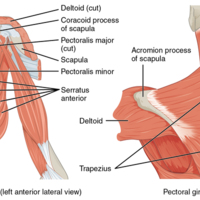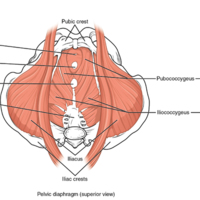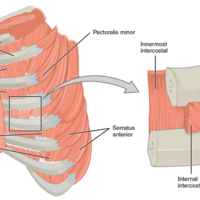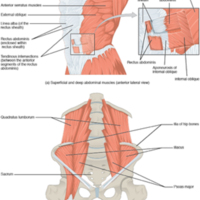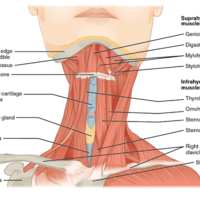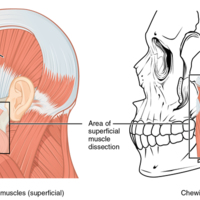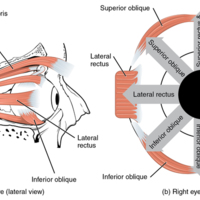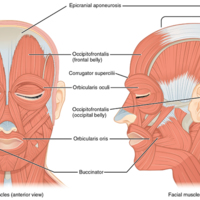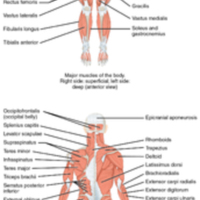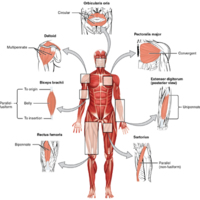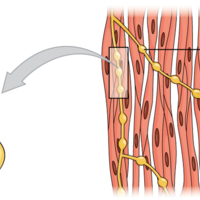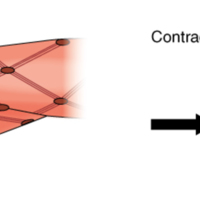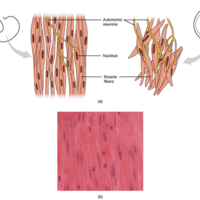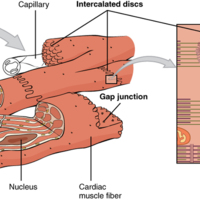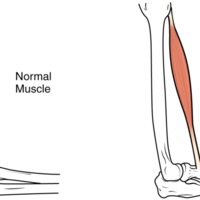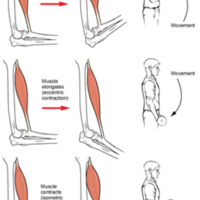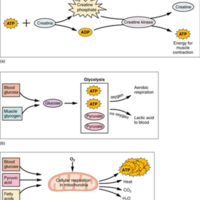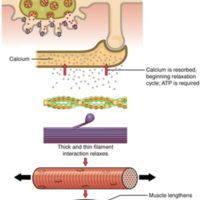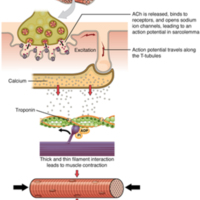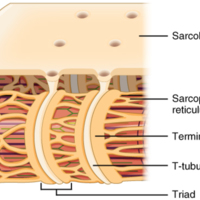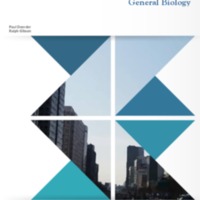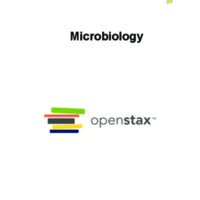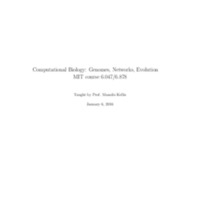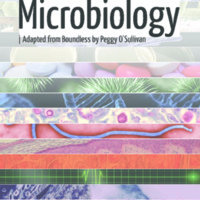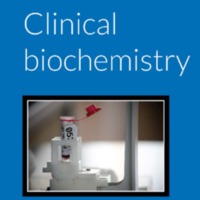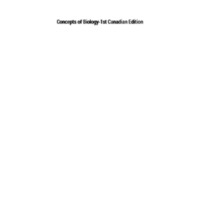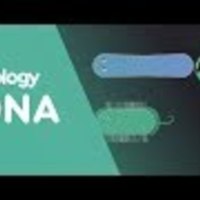Browse Items (117 total)
- Tags: biology
The Nose and its Adjacent Structures
Comparison of Somatic and Visceral Reflexes
Autonomic Varicosities
Connections of Parasympathetic Division of the Autonomic Nervous System
Corticospinal Tract
Ventral and Dorsal Visual Streams
Retinal Disparity
Topographic Mapping of the Retina onto the Visual Cortex
The Sensory Homunculus
Segregation of Visual Field Information at the Optic Chiasm
Vestibulo-ocular Reflex
Auditory Brain Stem Mechanisms of Sound Localization
Ascending Sensory Pathways of the Spinal Cord
Comparison of Color Sensitivity of Photopigments
Retinal Isomers
Photoreceptor
Structure of the Eye
Extraocular Muscles
The Eye in the Orbit
Rotational Coding by Semicircular Canals
Linear Acceleration Coding by Maculae
Frequency Coding in the Cochlea
Cochlea and Organ of Corti
Hair Cell
Cross Section of the Cochlea
Transmission of Sound Waves to Cochlea
Structures of the Ear
The Olfactory System
The Tongue
Receptor Classification by Cell Type
Nerve Plexuses of the Body
The Cranial Nerves
Close-Up of Nerve Trunk
Nerve Structure
Spinal Cord and Root Ganglion
Dorsal Root Ganglion
Cerebrospinal Fluid Circulation
Dural Sinuses and Veins
Circle of Willis
Cross-section of Spinal Cord
The Cerebellum
The Brain Stem
The Diencephalon
Frontal Section of Cerebral Cortex and Basal Nuclei
Brodmann's Areas of the Cerebral Cortex
Lobes of the Cerebral Cortex
The Cerebrum
Spinal Bifida
Primary and Secondary Vesicle Stages of Development
Early Embryonic Development of Nervous System
Receptor Types
The Synapse
Graded Potentials
Leakage Channels
Voltage-Gated Channels
Ligand-Gated Channels
Cell Membrane and Transmembrane Proteins
The Motor Response
The Sensory Input
Testing the Water
The Process of Myelination
Glial Cells of the PNS
Glial Cells of the CNS
Other Neuron Classifications
Parts of a Neuron
Somatic, Autonomic, and Enteric Structures of the Nervous System
Optic Nerve Versus Optic Tract
What Is a Nucleus
Central and Peripheral Nervous System
Muscles of the Lower Leg
Intrinsic Muscles of the Foot
Hip and Thigh Muscles
Intrinsic Muscles of the Hand
Muscles That Move the Forearm
Tags: Anatomy & Physiology, biology, Forearm, Human Anatomy, Muscles
Muscles That Move the Humerus
Muscles That Position the Pectoral Girdle
Muscles of the Pelvic Floor
Intercostal Muscles
Muscles of the Diaphragm
Muscles of the Abdomen
Muscles of the Neck and Back
Tags: Anatomy & Physiology, Back, biology, Human Anatomy, Muscles, Neck
Posterior and Lateral Views of the Neck
Tags: Anatomy & Physiology, biology, Human Anatomy, Neck, Posterior
Muscles of the Anterior Neck
Muscles That Move the Tongue
Tags: Anatomy and Physiology, biology, Human Anatomy, Muscles, Tongue
Muscles That Move the Lower Jaw
Tags: Anatomy & Physiology, biology, Human Anatomy, Lower Jaw, Muscles
Muscles of the Eyes
Tags: Anatomy & Physiology, biology, Eyes, Human Anatomy, Muscles
Muscles of Facial Expression
Overview of the Muscular System
Muscle Shapes and Fiber Alignment
Prime Movers and Synergists
Motor Units
Muscle Contraction
Smooth Muscle Tissue
Cardiac Muscle
Atrophy
Tags: Anatomy & Physiology, Atrophy, biology, Human Anatomy
Types of Muscle Contractions
Muscle Metabolism
Skeletal Muscle Contraction
The Sliding Filament Model of Muscle Contraction
Relaxation of a Muscle Fiber
Contraction of a Muscle Fiber
The T-tubule
Tags: Anatomy & Physiology, biology, T-tubule
Behaviour, Development and Evolution
"The role of parents in shaping the characters of their children, the causes of violence and crime, and the roots of personal unhappiness are central to humanity. Like so many fundamental questions about human existence, these issues all relate to…
General Biology
Tags: biology
Radiation In The Environment
Biostratigraphic And Geological Significance Of Planktonic Foraminifera
(in Greek, proto = first and zoa = animals). They are
single-celled eukaryotes (organisms the cytoplasm of
which is organized into a complex structure with internal
membranes and contains a…
Microbiology
Tags: biology, Microbiology, Science
Environmental Biology
Tags: biology, Environmental
Computational Biology: Genomes, Networks, Evolution
Tags: biology, Computational, Evolution, Genomes, Networks
Microbiology
Tags: biology, Microbiology
Clinical Biochemistry
analysis of the biological material. In other words, this phase involves an individual’s preparation for collection of the biological…
Tags: Biochemistry, biology, Chemistry
Concepts of Biology-1st Canadian Edition
Tags: biology, Concepts of Biology
What is DNA
In eukaryotes, it is found within the nucleus and is arranged into chromosomes.
DNA determines the…
Tags: adenine, Alevels, AQA, biology, chromosomes, cytosine, deoxyribose nucleic acid, DNA, double helix, eukaryotes, fuseschool, GCSE, genes, genetics, global education, guanine, ict4d, learn, nitrogen base, nucleotides, phosphate group, Revision, Science, student, students free online courses video science videos, sugar group, thymine, what is DN


